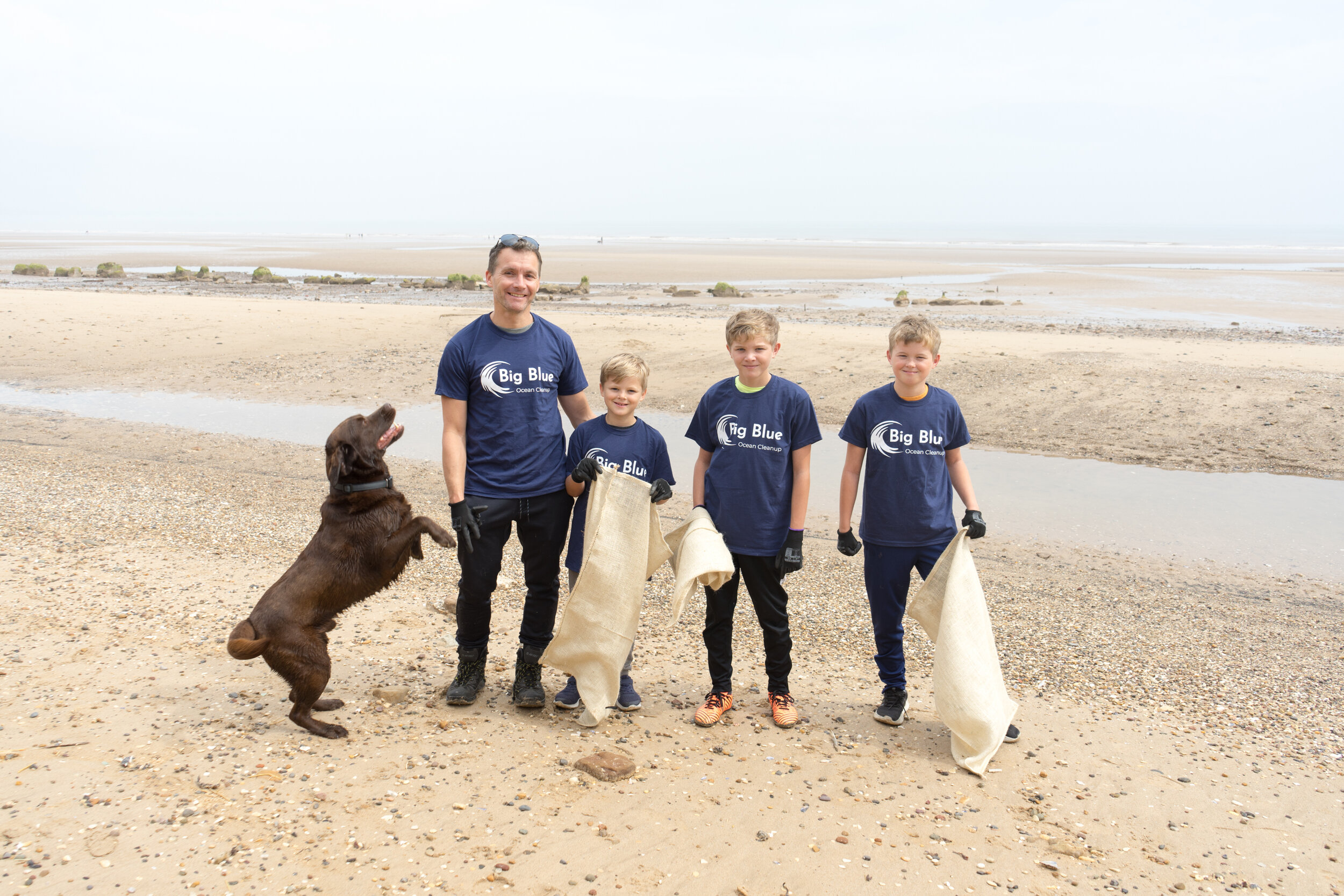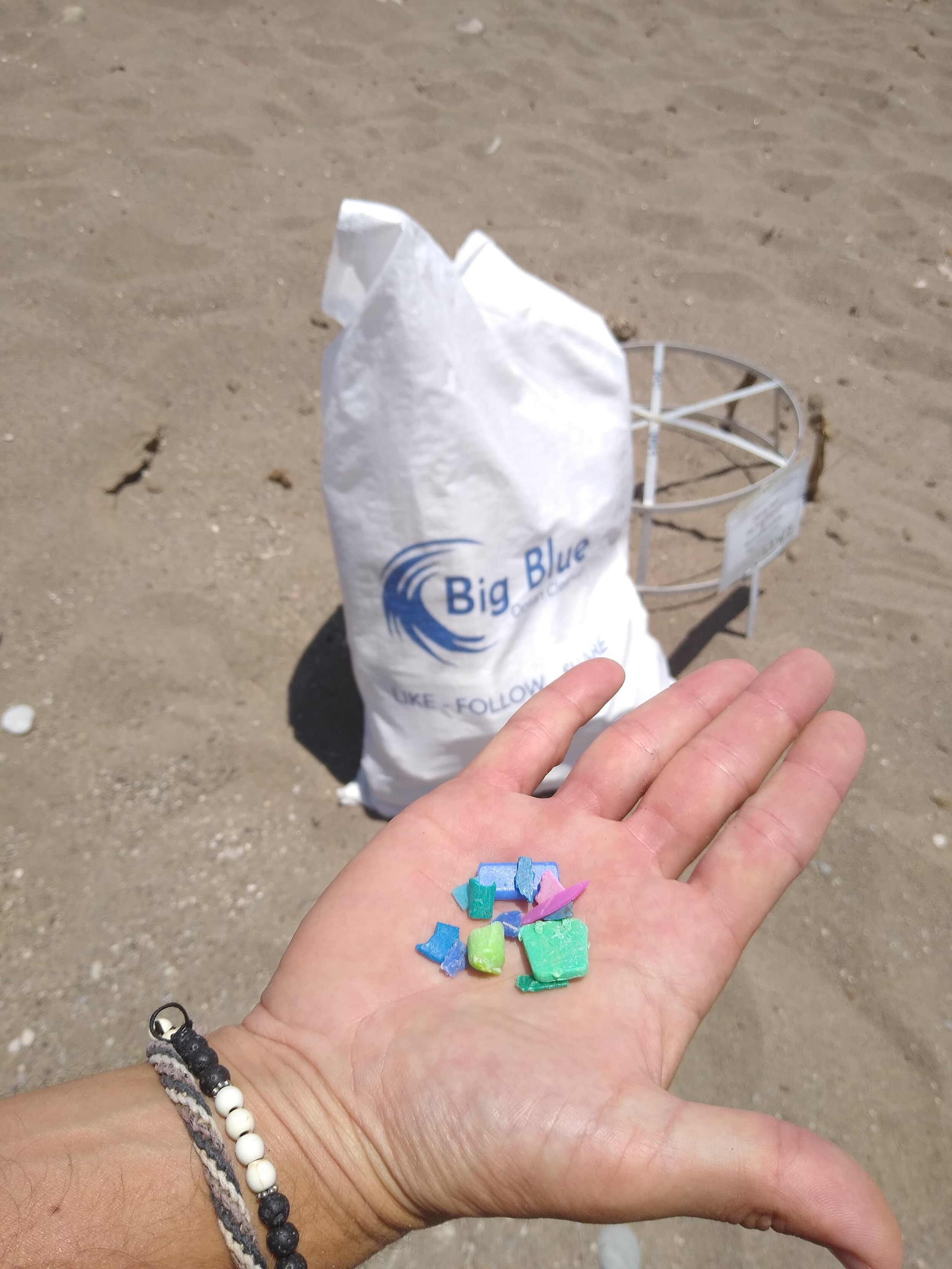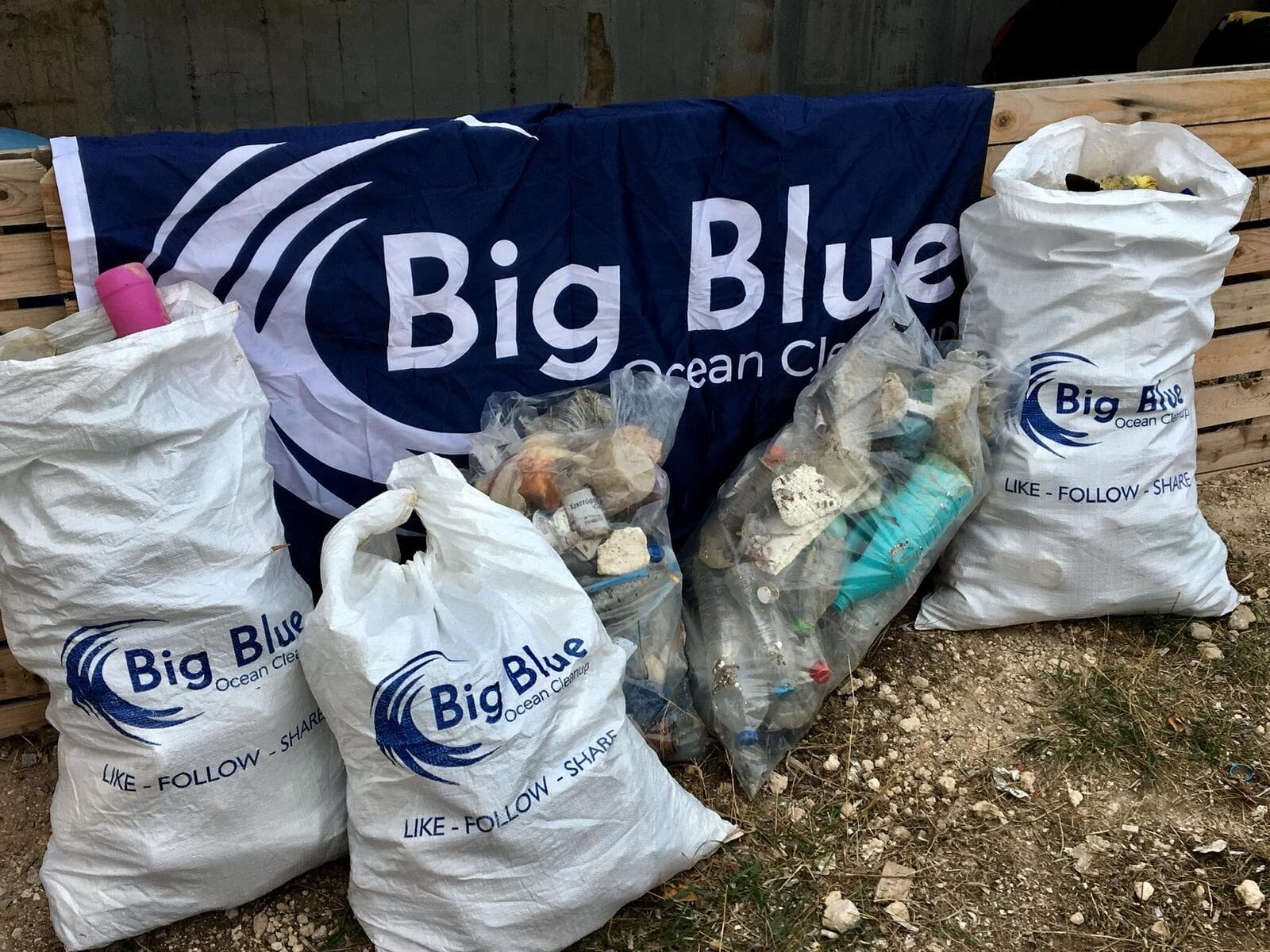Plastic Recycling
Big Blue Ocean Cleanup work with recycling centres across the globe
Plastic is one of the most popular and useful materials of modern times. It’s popularity is part of the problem: we now use about 20 times more plastic than we did 50 years ago. However, we can optimise the lifespan of plastics by reusing and recycling items as many times as possible. We work select recycling centres locally in the UK and overseas to recycle as much plastic as possible that we collect from our cleanups.
How is plastic recycled?
Plastics are:
sorted
shredded
washed
melted
pelletised.
It is a two-stage process:
sorting is mainly done automatically with a manual sort to ensure all contaminates have been removed
plastic is either melted down directly and moulded into a new shape, or shredded into flakes then melted down before being processed into granulates.
Environmental impact
Plastic is a popular, useful material but we use a lot of it. By optimising the lifespan of plastics by reusing and recycling items as many times as possible, for example, by recycling used plastic bottles into new ones, we can reduce our need to create new plastic. This means we can:
conserve non-renewable fossil fuels (oil)
reduce the consumption of energy used
reduce the amount of solid waste going to landfill
reduce the emission of gases like carbon dioxide into the atmosphere.
Problems and issues
There are many different types of plastic in use, some of which we can recycle and other types – including that used to make yoghurt pots and butter tubs – which require new technology to recycle it efficiently, that is not currently available here. This means that some plastic still goes to landfill, some is incinerated and some shipped abroad for recycling.
There are currently huge investments being made into plastics recycling technology to help our domestic recycling facilities cope with the variety of plastics in use and it won't be long before we operate a more efficient recycling system for all different types of plastic packaging.
In the meantime we can all do our bit to improve things now. Recycling plastic bottles is one easy way to help. They are usually made from two easily recyclable plastics – PET and HDPE – and can be recycled by most of us via our household recycling collections or local recycling centres.
Made from recycled
There is a wide range of products made from recycled plastic, including:
polyethylene bin liners and carrier bags
plastic bottles
flooring and window frames
building insulation board
video and compact disc cassette cases
fencing and garden furniture
water butts, garden sheds and composters
seed trays
fleeces
fibre filling for sleeping bags and duvets
variety of office accessories.
The different types of plastic
You may notice symbols on plastic packaging explaining the type of plastic they're made of, and how to recycle them.
Degradable plastics
Often referred to as 'oxo-degradable' plastic, these are oil based and contain additives. They either eventually break down or disperse in to smaller fragments with prolonged exposure to light, oxygen, heat or mechanical stress.
They may then potentially biodegrade or break down further to reduce the material to water, CO2, biomass and trace elements.
Degradable plastics are not suitable for biological waste treatments like anaerobic digestion or composting and are not likely to break down in a landfill site because of the lack of UV light and oxygen. In addition, they could potentially affect the quality of recycled plastic if they enter the plastic recycling system in high concentrations. There are also concerns about the fragmentation of the material into small particles, which can remain in the environment for months.
A recent study recommended energy from waste as the best disposal option for degradable plastic.
Bioplastics
A term given to a wider group of plastics that can be either biodegradable, bio-based, or both.
Biodegradable plastics: not to be confused with degradable plastic, they are often derived from renewable material that can be broken down into simple compounds such as carbon dioxide and water, by naturally occurring microorganisms. The term 'biodegradable' often does not imply any particular time scale or environment for biodegradation to occur, nor the extent.
Compostable plastics are a subset of biodegradable plastics, which means they will biodegrade and disintegrate during composting to yield carbon dioxide, water, inorganic compounds and biomass at a rate consistent with other known compostable materials. They leave no visually distinguishable or toxic residues. The European standard for compostability is the EN 13432 and relates to industrial composting conditions only.
Bio-based plastics: these are bioplastics derived from renewable biomass (for example sugar cane) and, in general, are compatible with conventional plastic during mechanical recycling. They are therefore often used in packaging production, including for plastic bottles. In the case of bio-based plastic, not only can the original biomass be reproduced, but also the overall CO2 emission is likely to be less compared to conventional plastic. However, farming, pesticide production, transportation and other crop-producing activities do have CO2 outputs, which have to be taken into consideration.





